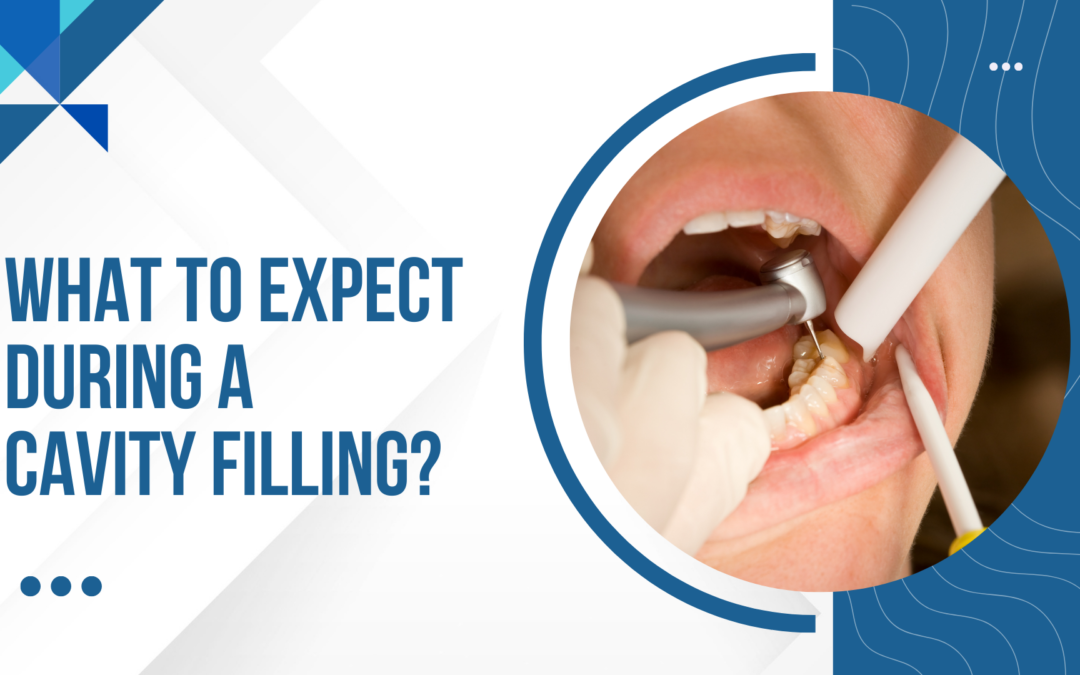Cavity filling is one of the most common reasons to visit a dentist. Whenever the patients call to book an appointment for cavity filling or if they are told that they need one during their regular visit, a patient always wonders just how the procedure will be completed, will there be any pain, what material is preferable? Let’s put some light on this topic.
I, at ExlDentist always inform my patients of what I will be doing, as I find that it calms them down. Knowing what will happen takes the fear of unknown out of the procedure. Also, I feel it’s ethical to inform the patient beforehand.
Dental cavities are filled using different techniques depending on where the cavity is present in the tooth or its extent. The procedure starts with an accurate diagnosis and a radiograph of the tooth in concern. The area of concern is then numbed so the procedure is painless, followed by cavity removal, henceforth filled with a dental material of choice. This is followed by shaping and polishing of the filling to make the bite comfortable and the filling smooth.
A dental cavity, Known as Dental Caries, is permanent damage to the tooth caused by acid from bacteria in the mouth.
A cavity is a hole in the teeth caused by this acid. They cause the teeth to become soft in those areas. It starts from the enamel and if left untreated, it further reaches the dentine of the tooth leading to food lodgment, sensitivity to cold, mild pain. If ignored at this stage as well, it slowly reaches our tooth pulp and cause severe pain, infection and sensitivity to hot as well. It is thus important to see your dentist regularly to check for cavities and have them treated if you do have any.
Steps To Fill a Cavity
1. Diagnosis: You should firstly be told where you have a cavity and shown supporting information. At Exl Dentist we always show patients x-ray and intra oral pictures of the tooth. It’s important for the doctor-patient relationship so that everybody is on the same page.
2. After the patient education, the area of concern is numbed, so that the whole procedure is done pain free.
3. Once numbed tooth decay is removed.
4. After the decay removal, it’s time for tooth filling. If the cavity is present between the two teeth, we need to place a matrix system (A sort of band which separates the two teeth). This ensures that the shape of the filling mimics your natural tooth and you can later floss between the teeth like before.
5. Once the filling has been done, the band is removed and it is then shaped, polished and checked for bite correction.
6. Once done, the patient must ensure that with the filling, they are able to naturally bite along with other teeth.
Dental fillings are the most common procedure done in dental clinics. This step-by-step guide will hopefully give you the information to feel comfortable during the procedure. You should not feel any pain during the procedure but can expect some minor sensitivity for a few days after.

